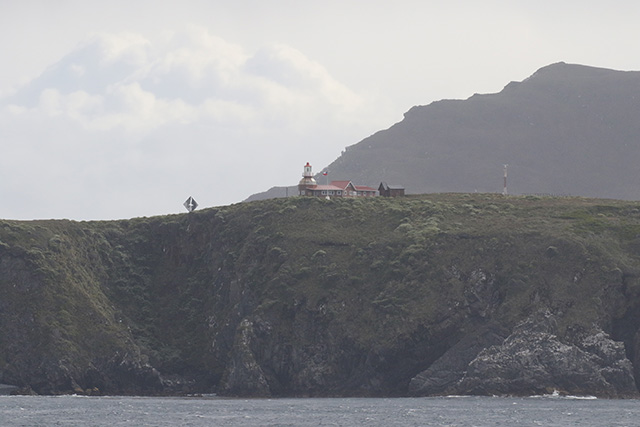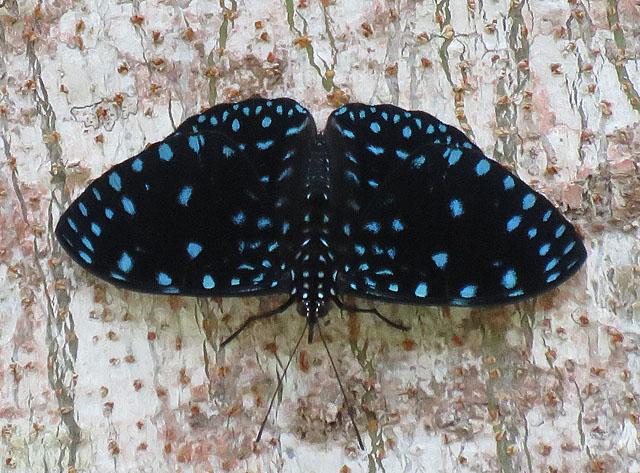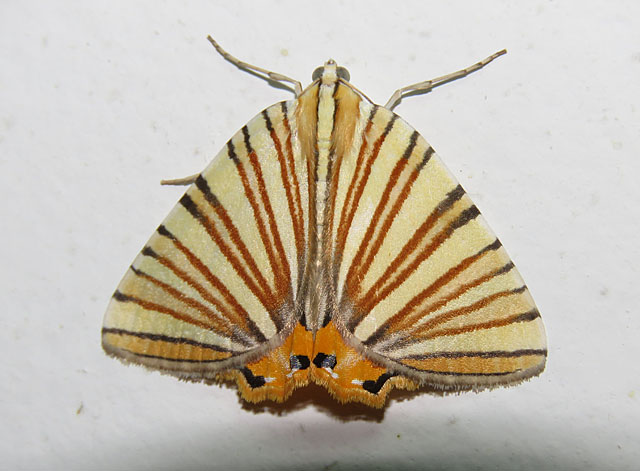From the Field
February 21:
Fabrice Schmitt on his and Gavin Bieber's just-completed cruise, Buenos Aires to Santiago - Birding Sea and Land
Our fifth cruise around the Horn ended a few days ago, and once again it was wonderful. On what other trip can you see both giants, Wandering Albatross and Andean Condor, or alternate days at sea with thousands of seabirds, with days on land looking for skulking tapaculos, Lesser Rheas or charismatic penguins? Birds aside, we visited four countries, navigated on two oceans, and sailed to legendary places such as Cap Horn and the Magellanic Strait all without having to change rooms!
Just naming the voted 10 ‘best birds’ gives a sense of the diversity encountered on the trip: the colorful King Penguin had the most attention and won the vote followed by the impressive Wandering Albatross, the unique Magellanic Plover alone in its avian family, the huge Andean Condor surprising us in the Patagonian steppe, the hundreds of Southern Royal Albatross, the elusive Black-throated Huet-huet even if two of them gave us a great show, the recently described Pincoya Storm-Petrel found on the ship and released safely, the impressively long-tailed DesMur’s Wiretail, and tied for ninth, the elegant White Woodpecker and Thorn-tailed Rayadito. In addition to all the wonderful birds we also had several groups of dolphins, and no less than five species of whale.
King Penguins in the Falklands, voted as 'Bird of the trip'
The impressive Southern Royal Albatross, seen most seabirding days
Andean Condor, another giant bird, seen in Patagonia
During our days on land we looked for the local species such as Magellanic Plover (right) together with Two-banded Plover (rear) and White-rumped Sandpiper...
...and that (usually) skulking Black-throated Huet-huet
At sea we had amazing seabirding days, finding great birds like Stejneger's Petrel...
...or groups of Peale Dolphins
We even found a Pincoya Storm-Petrel on the ship that we released safely
The landscapes were stunning too, like the South American Sea-Lion colony in the Valdes Peninsula...
...or the view of the Cap Horn lighthouse and memorial...
...or the impressive sunrise in the Chilean channel
February 20:
Jake Mohlmann on his recent tour, Argentina: The South - Pampas, Patagonia and Tierra del Fuego
We were fortunate to cross paths with 258 species of birds and 14 different mammal on our exploration of southern Argentina's vast wetlands, deserted steppes, and southern Beech forests. We spent our first few days exploring the verdant grasslands east of Buenos Aires where lots of birds were breeding. The reeds included Curve-billed Reedhaunters, Stripe-backed Bittern, and one of the most wanted birds on the tour, Many-colored Rush Tyrant. One grassy back road near La Corvina produced the regional Hudson’s Canastero, a family of Bay-capped Wren Spinetails, and for my first time on this tour a male Bearded Tachuri.
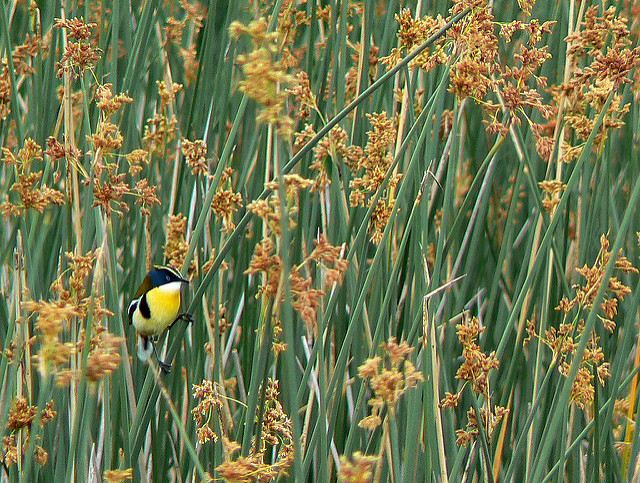
One of the most wanted birds, Many-colored Rush Tyrant
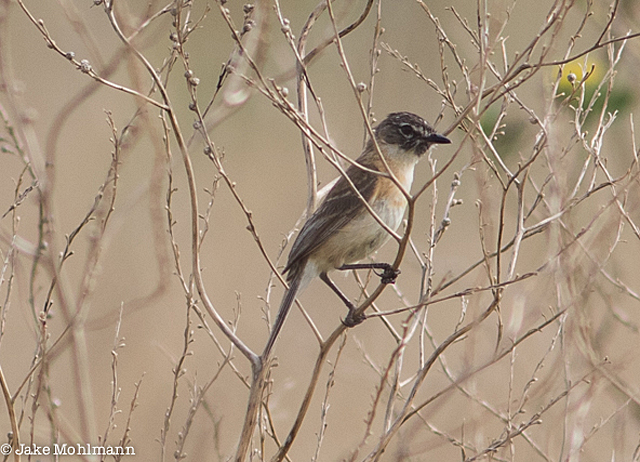
A male Bearded Tachuri was a welcome surprise!
Overlooking Punta Delgada we sat high on top of a sand dune cliffside towering 200 feet over the plentiful Southern Sea Lions and Southern Elephant Seals all resting on the beach, some with recently born young. Southern Giant Petrels fought over recent afterbirths and Snowy Sheathbills added white to an otherwise brown canvas. Over 130 Elegant Crested Tinamous were tallied on our drive around the Valdez Peninsula and the Gray-bellied ShrikeTyrants, Darwin’s Nothuras, and numerous Lesser Rheas weren’t bad either.
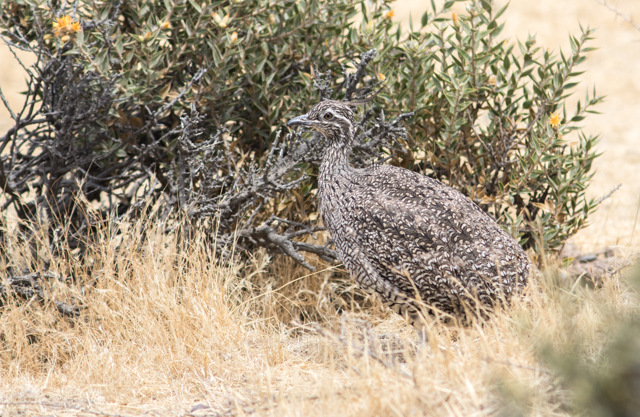
Elegant Crested Tinamou
The ‘Land of Fire’ at the end of the world awaited us with its beautiful scenery and amazing bird life. On the boat trip down the Beagle Channelm accompanied by Black-browed Albatrosses, seething breeding colonies of Imperial and Magellanic Cormorants were side-by-side and the sizeable Magellanic Penguin Colony had dozens of nesting Gentoo Penguins, and even more exciting, a regal King Penguin. Wonderful days were spent exploring Tierra del Fuego National Park where Magellanic Woodpecker and Spectacled Duck were gawked over. Outside of Ushuaia we also hiked up above tree line to see foraging Ground Tyrants and colorful Yellow Bridled Finches.
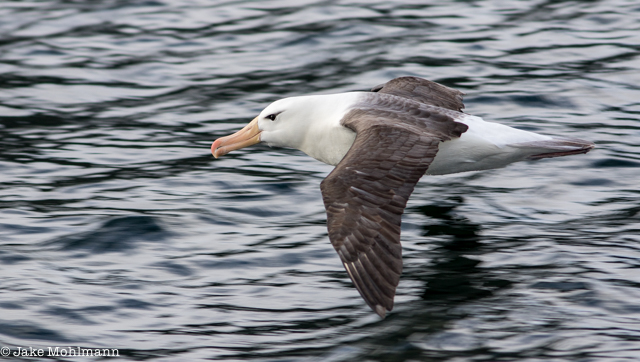
A Black-browed Albatross courses close to the boat
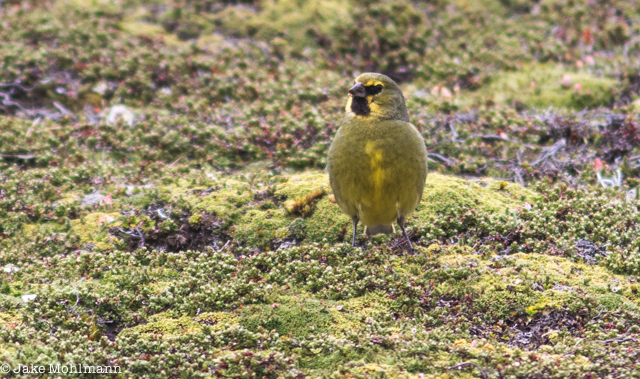
Yellow-bridled Finch foraging amongst cushion plants
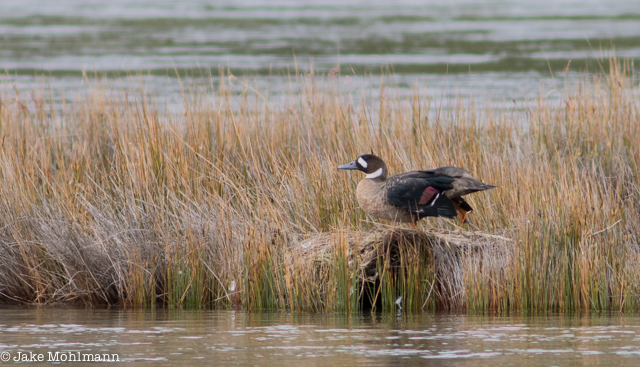
A Spectacled Duck reveals its speculum
The weather ended up being perfect throughout the entire trip and our group was particularly congenial. This all made my job even easier and I’ll keep my fingers crossed in hopes that every year's tour is as good as this one.
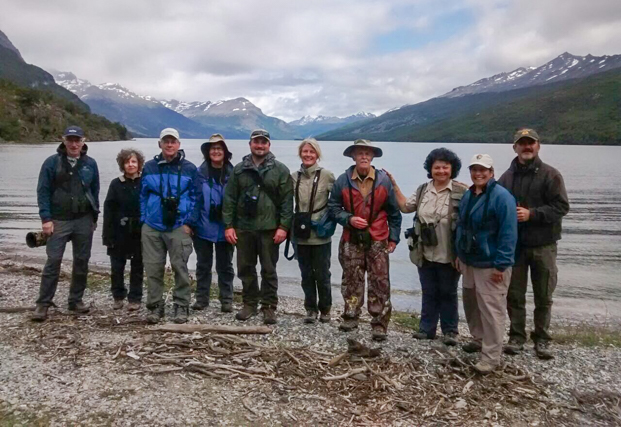
Our delighted group in the scenic Tierra del Fuego National Park
February 15:
Frank Nicoletti on his just completed tour, Minnesota in Winter
The expansive bog lands, boreal forests, and Lake Superior shorelines of Duluth, MN, and environs offer a uniquely accessible opportunity to see specialty birds of the northern climes in winter. Our group bundled up appropriately for the weather, and we enjoyed memorable encounters with many of the birds that make winter in the north so enticing to birders. Black-backed Woodpecker and Three-toed Woodpecker were found among the branches. We were able to study the plumages and calls of Pine Grosbeak and Evening Grosbeak while watching them through the spotting scope in their natural habitat; always a treat! The spectacle of Great Gray and Northern Hawk Owls hunting voles was exciting and we spent quite a bit of time watching them hunt and eat. A Boreal Owl was found warming up in the sun, and a Snowy Owl spotted with a freshly caught muskrat. A few Sharp-tailed Grouse were spotted, too! In all, we encountered 45 species of birds and 6 species of mammals on our travels through Northeastern Minnesota and Northwestern Wisconsin.
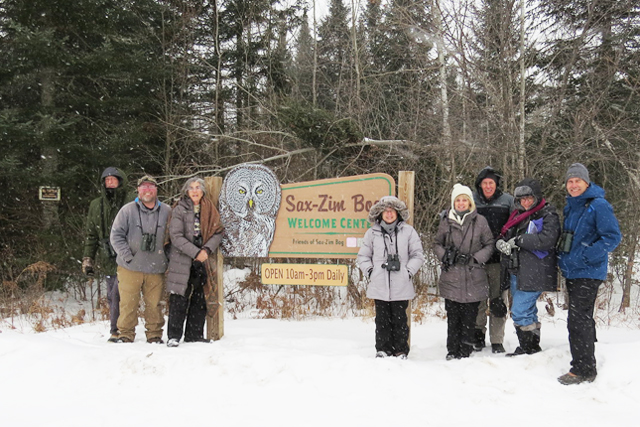
Our bundled group
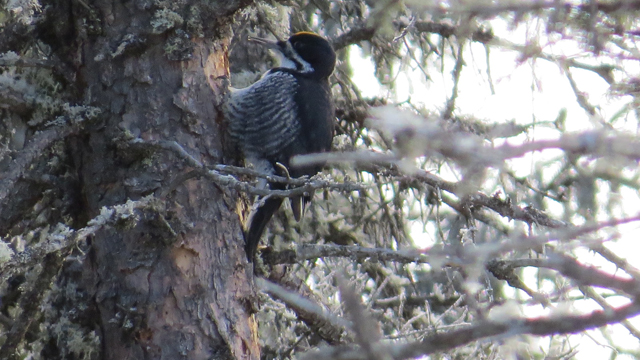
Black-backed Woodpecker
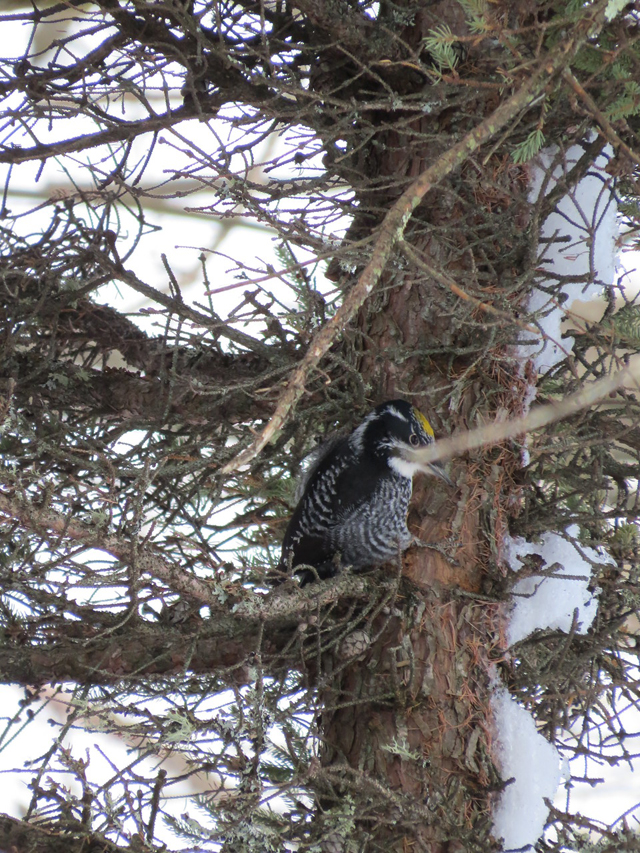
American Three-toed Woodpecker
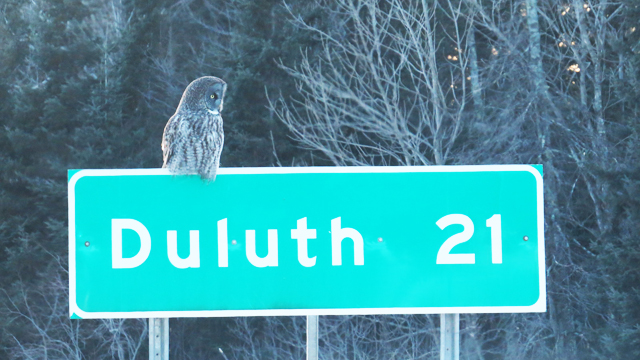
A Great Gray Owl hoping to catch a ride to Duluth
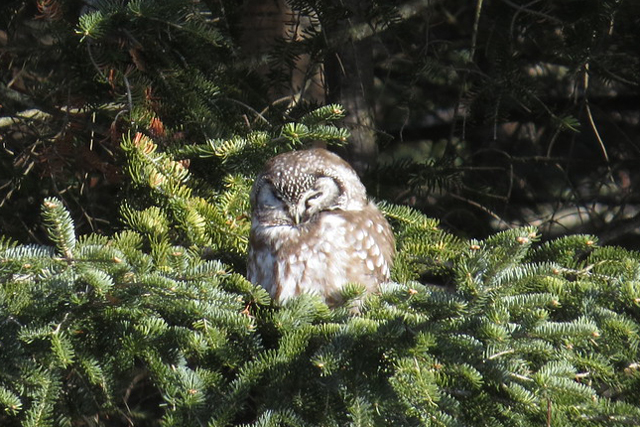
Even Boreal Owls will take advantage of the sun on cold winter days
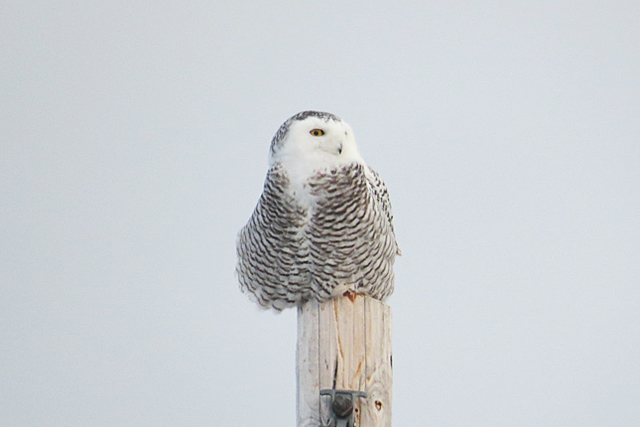
Snowy Owl
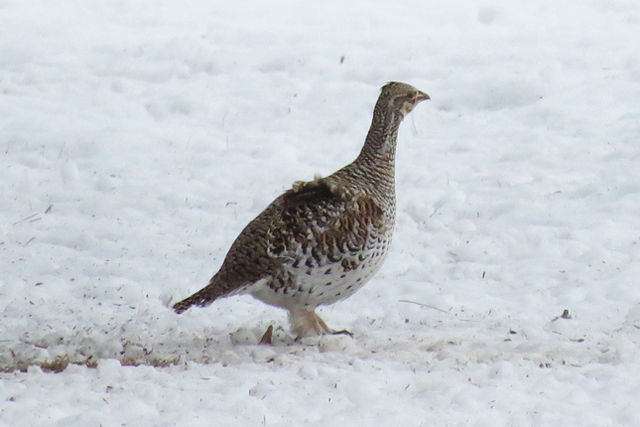
Sharp-tailed Grouse
February 14:
Rich Hoyer on his just-completed tour, Peru: The Cloud Forests of the Rio Mayo and Abra Patricia
Birding for ten days in Northern Peru during the rainy season was delightful – and it barely rained. Walking through tunnels of moss-, lichen-, fern-, and orchid-laden trees in a stunning landscape of forest-covered ridges elicited wonder during our birding outings even when we weren’t busy looking for one amazing bird after the next. We finally had a few hours of morning showers on our next-to-last day, but other than that we had to force ourselves to take time off from trail birding to sit and watch the hummingbird feeders. We saw and heard nearly 400 species of birds, over 11% of which were hummingbirds.
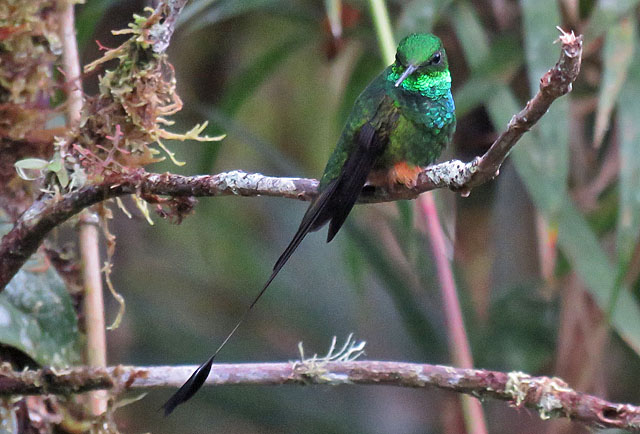
No one ever tired of seeing the delightful Booted Racket-tails.
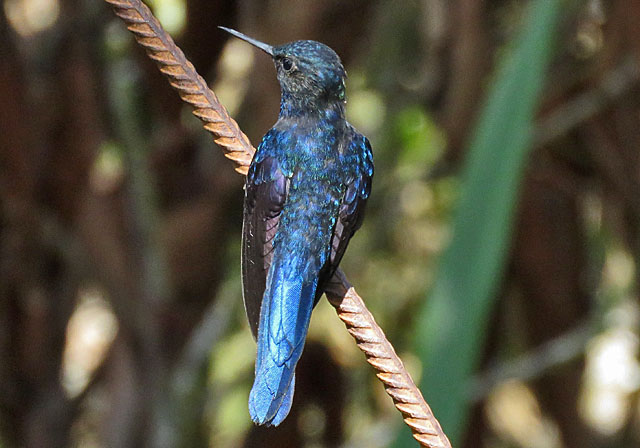
Never a guarantee on the tour, the drop-dead gorgeous Royal Sunangel was surprisingly common at the Fundo Alto Nieva feeders this year.
Among the birds voted favorite were many wrens, and this is perhaps the best place to hear an amazing variety of some of the most beautiful songs in the family. Gray-breasted and Bar-winged Wood-Wrens, Chestnut-breasted, and Sharpe’s Wrens serenaded us nearly every day, while on our last morning a Scaly-breasted Wren topped the list. You can listen to the songs of Chestnut-breasted and Sharpe's Wrens here and here. and Also making the short list of favorites were a Fiery-throated Fruiteater on our last morning and a pair of rare (but increasing) Southern Lapwings, hidden in a flock of Comb Ducks and Black-bellied Whistling-Ducks on our very last birding stop.
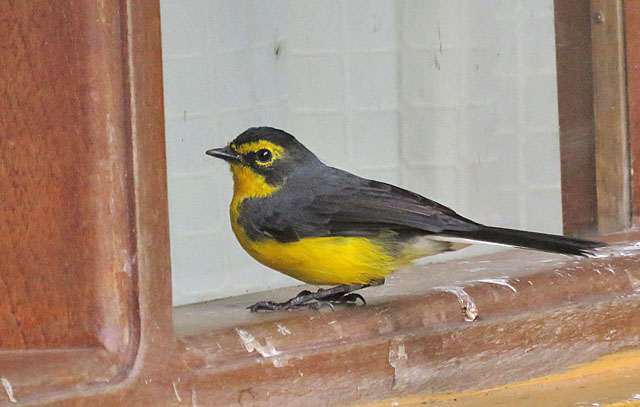
Other birds voted favorites included this Spectacled Redstart which made the rounds by all our rooms at the Owlet Lodge every day, singing his accelerating song and fighting his reflection in our bedroom windows just inches away.
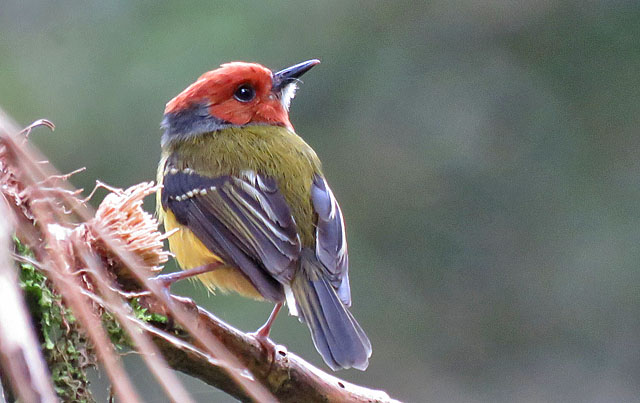
One of the most range-limited and charismatic birds of the tour is the Johnson's Tody-Tyrant, never failing to make it to the list of favorites.
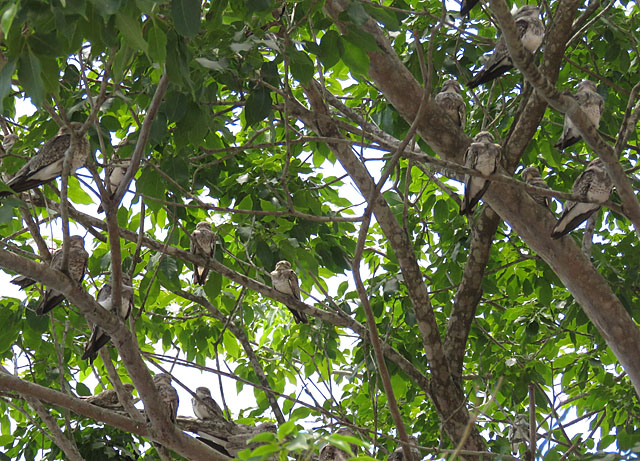
Nightbirds seen during the day were especially memorable. A quick stop at a gas station in the middle of a small town resulted in the surprising discovery of a roost of Sand-colored Nighthawks a good half mile from the river islands where they would have been more expected.
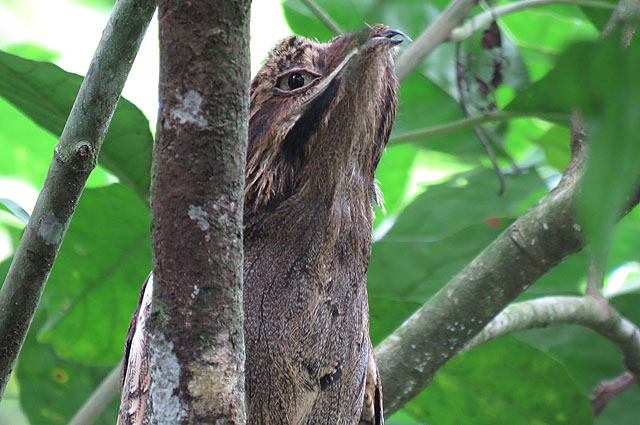
A Long-tailed Potoo on a day roost was a great find by Hilder at the Koepcke’s Hermit feeding station. It has about four favorite roosts, but this morning he found it in a new place, surprisingly difficult to see.
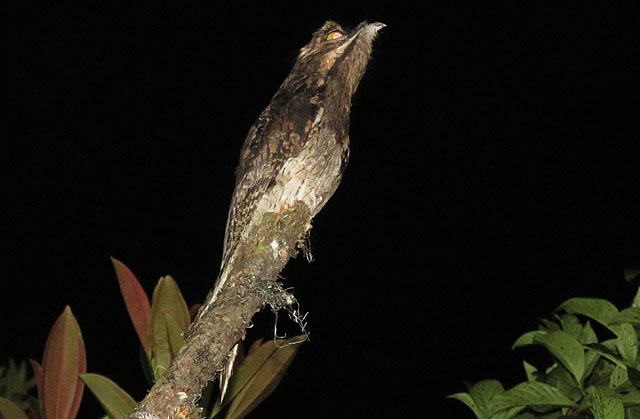
On the night we finally connected with a Long-whiskered Owlet, we were surprised by this Common Potoo on a feeding perch right next to the trail – at the uppermost limit of its elevational range, having us wishfully thinking Andean Potoo at first.
The mammals, insects, and plants were also outstanding, an unexpected highlight for some. One request to see a Starry Night Cracker was fulfilled before lunch on our first day.
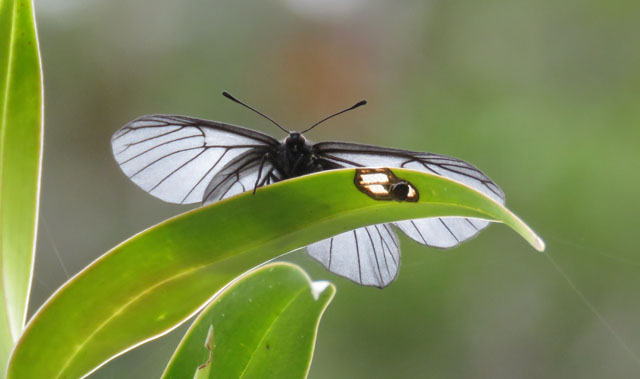
The most amazing butterfly, if not fanciest or the most colorful, was the enigmatic Styx infernalis, placed its very own tribe and very rarely seen, this one for the first time on any WINGS tour.
The moths at the Owlet Lodge got better each evening, the diversity of species, forms, and shapes mind-boggling, and some quite lovely. This Pityeja histrionaria caught everyone’s eye.
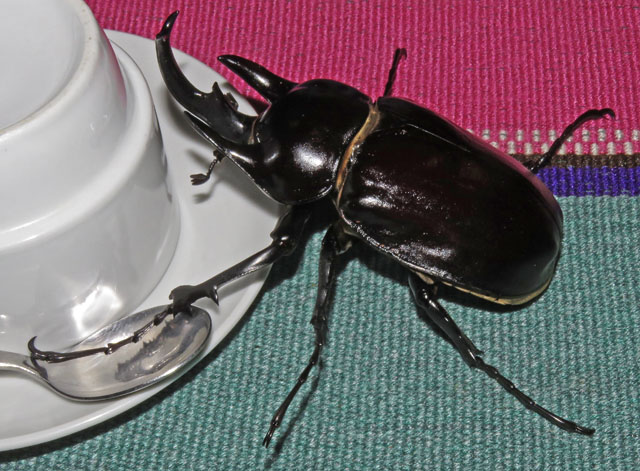
Other insects made the tour very memorable, such as the truly enormous elephant beetle Megasoma actaeon that flew into the lamps at one early morning breakfast and landed with a huge whack in the middle of the table.
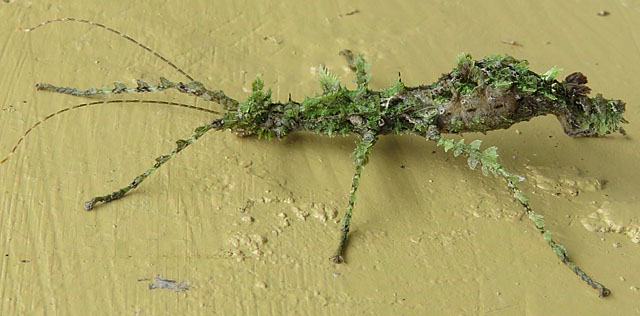
This mossy stick insect exemplifies the amazing adaption so many insects have to the cool, mossy forests of the higher elevations.
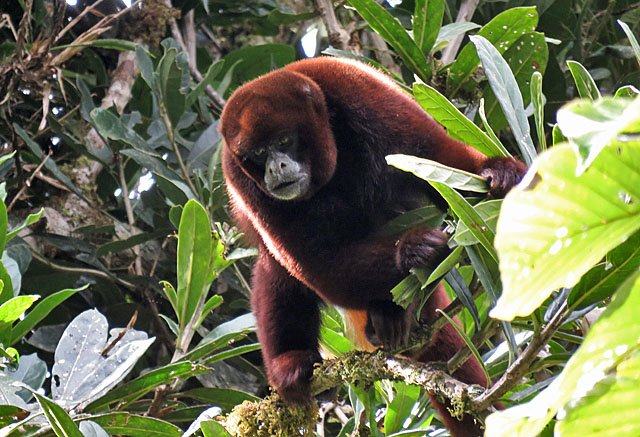
We were incredibly lucky to stumble into a small troop of the highly endangered Yellow-tailed Woolly Monkey on one afternoon hike, and we spent many minutes watching them eat leaves, fruits, and lap up copious amounts of nectar from a showy blooming tree with chalice-like flowers.
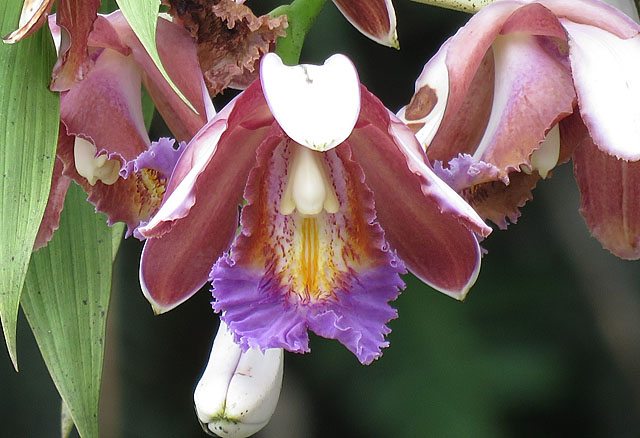
The orchids weren’t as abundant as in some years, perhaps because of the drier weather, but this Sobralia caloglossa hanging over the road (where we had just seen a pair of soaring Black-and-chestnut Eagles) was a show-stopper.
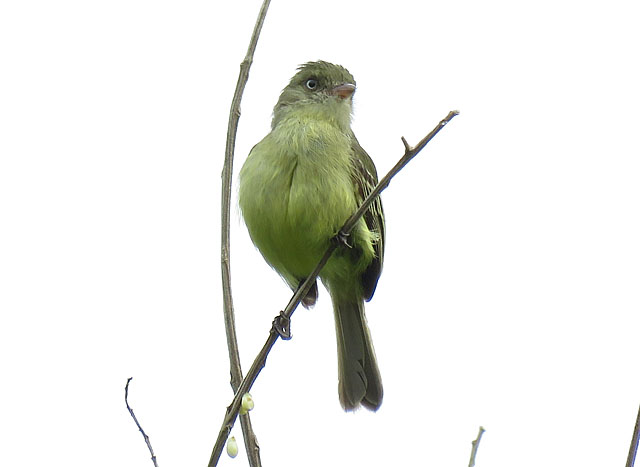
We kept adding very special birds up to the last minute. At Waqanki we saw the rare Sooty-headed Tyrannulet, followed by pair of this Mishana Tyrannulet right by the hummingbird feeders.
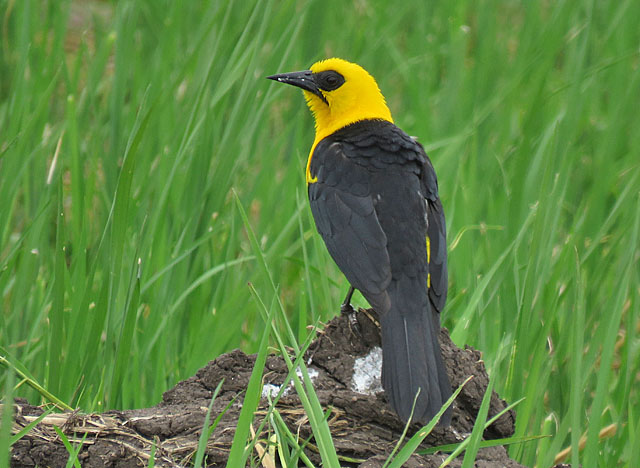
Finally, at our last stop, we paused on our way to the Tarapoto airport to admire this gorgeous Oriole Blackbird.
February 11:
Jon Feenstra on his just-completed tour, Ecuador: Mindo and the Northwest Andes
We just finished a week of wet season birding on the Pacific slope of the Andes around Mindo. We didn’t have a lot of blue skies, but we did see a lot of blue birds… and yellow ones, and red ones, and green ones, and various combinations of those colors and more. We found nearly three hundred species including 35 species of hummingbirds and 33 species with “tanager” in their names. Pretty orchids, colorful lizards, and great big beetles all added to the good time.
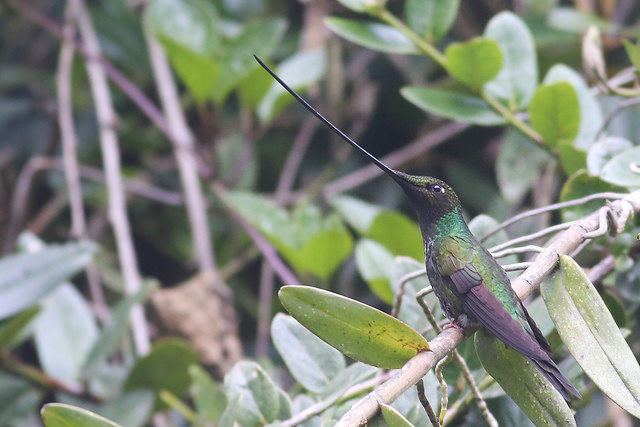
The insanely proportioned Sword-billed Hummingbird was one of the regulars at the high elevation reserve of Yanacocha. It perches with its bill held vertical perhaps to avoid tipping over.
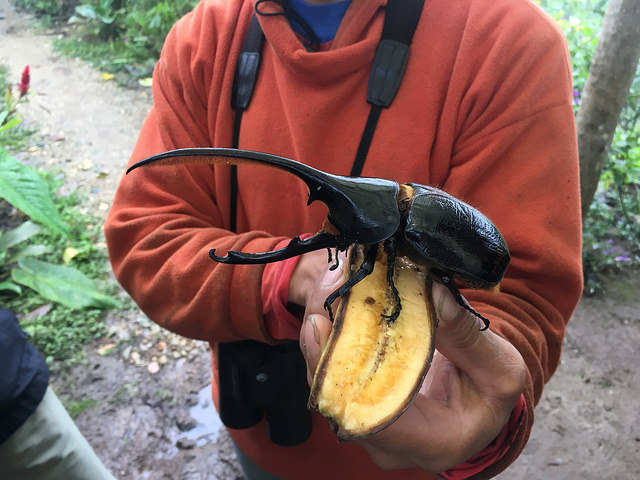
This rhinoceros beetle was bigger than many of the birds we saw.
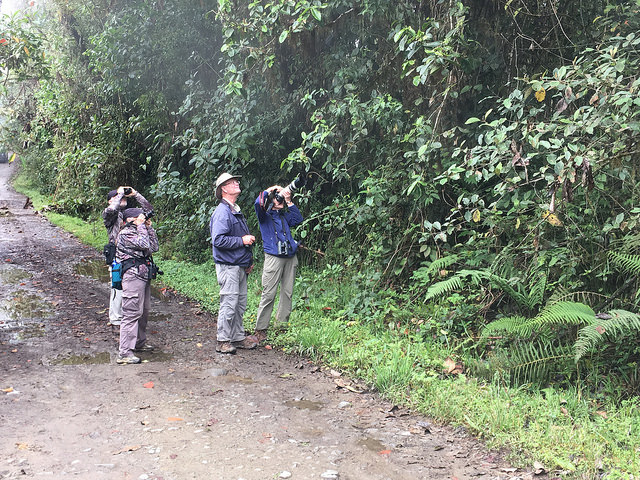
With new highways, the old and disused mountain roads made getting into the thick forest hardly a problem.
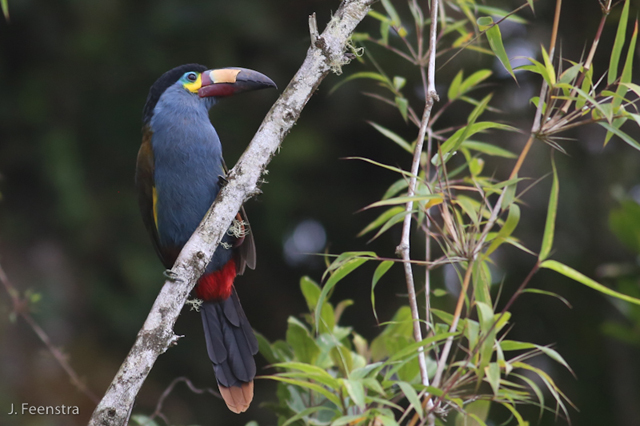
We saw multiple multi-colored Plate-billed Mountain-Toucans in the expansive cloud forest reserves around Mindo.
February 6:
Jake Mohlmann on his recently completed tour, Arizona: A Winter Week in the Southeast
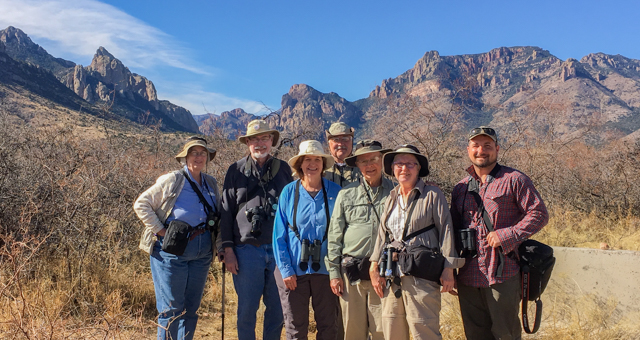
Our group at the mouth of Cave Creek Canyon
We just wrapped up another Winter Week in Arizona tour filled with beautiful scenery and abundant wildlife. This year 156 species of birds were encountered, as well as 10 mammal species. Every day of our tour explored a unique area of southeast Arizona, each worthy of day’s exploration. The Santa Cruz River Valley with its lush riparian zone and flowing surface water yielded Sage Thrasher, Mountain Bluebird, Red-naped Sapsuckers and perhaps most surprising of all a very rare Sinaloa Wren.
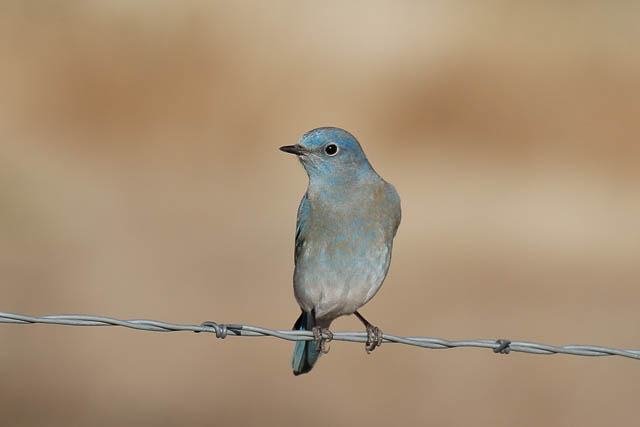
The graceful, lovely Mountain Bluebird
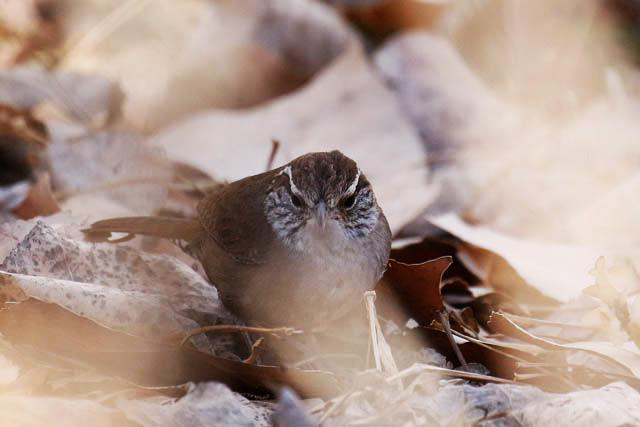
A Sinaloa Wren was the great surprise
The vast grasslands of Las Cienegas National Conservation area produced several highly sought after specialties such as Baird’s Sparrow, dozens of Chestnut-collared Longspurs and even a rare McCown’s Longspur.
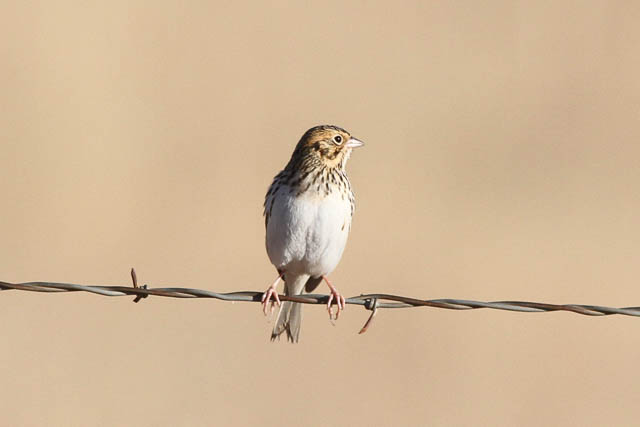
The sought after Baird's Sparrow
Over 12,000 Sandhill Cranes were seen as they came in to Whitewater Draw Wildlife Management Area in waves. Several other species of interest were in the wetlands here including Swamp Sparrow, Marsh Wren, and an initially reluctant Virginia’s Rail. The bushy side roads of this region also hosted Sagebrush Sparrow for some, and the regional Bendire’s Thrasher for all. The Sulphur Springs Valley’s raptor show did not disappoint and we were excited to find both Ferruginous and Harris’s Hawks in close succession.
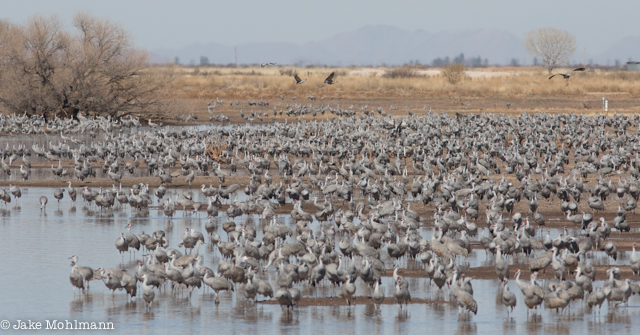
Thousands of Sandhill Cranes roost in the Sulphur Springs Valley
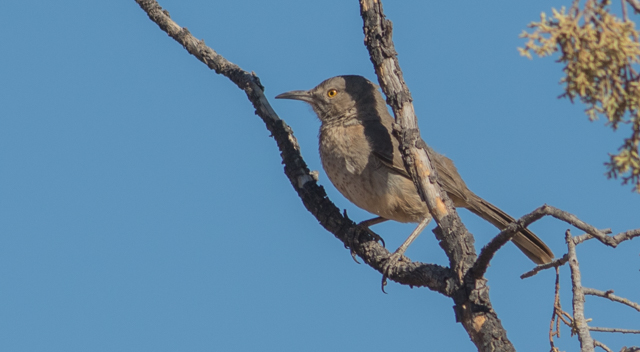
A curious Bendire's Thrasher perched up nicely
Portal is a must-see for anyone visiting this region of Arizona and can be quite productive any time of year. This year scope views of Crissal Thrasher and Woodhouse’s Scrub-Jay were relished. The hummingbird show was top notch and we got to enjoy both male and female Rivoli’s and Blue-throated Hummingbirds coming to feeders. Cassin’s Finches were present in higher numbers than usual. In the upper reaches of the Chiricahua Mountains we were successful in tracking down a few Mexican Chickadees, this being he only location to see them north of the Mexican border!
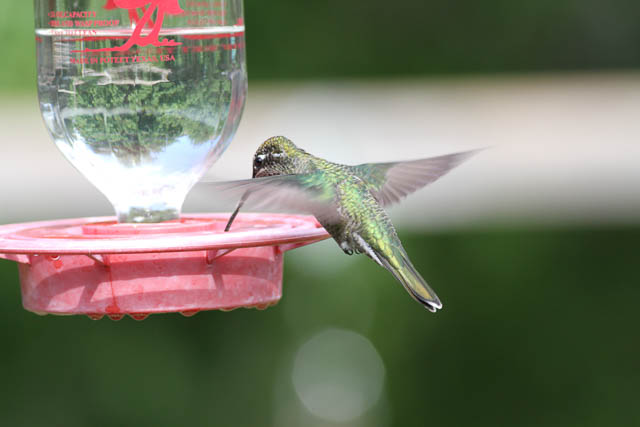
The tough Magnificent Hummingbird winters in small numbers at feeders in the the cold canyons
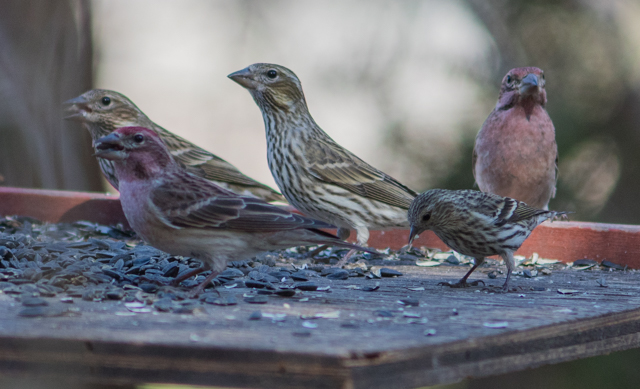
It was a good winter for Cassin's Finches, here with a Pine Siskin escort
January 30:
Susan Myers on her recently completed tour, Japan in Winter
We started off with a quick trip to a small park near Narita where we found a lovely gathering of the incomparable Mandarin Duck - a truly remarkable bird and a great way to kick off our birding.
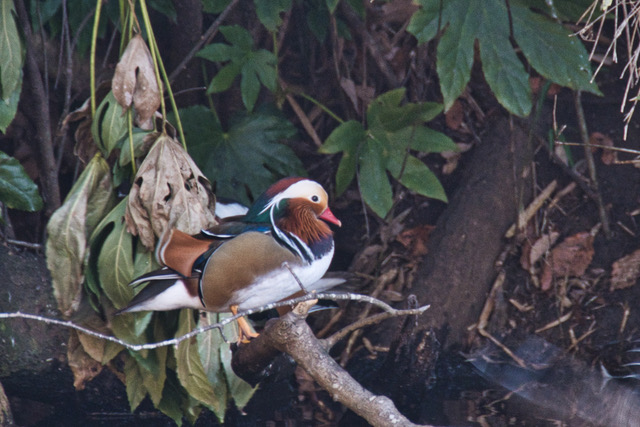
We then moved on to the forests of the Japan Alps where we took a brief break from our birding to visit the so-called 'Snow Monkeys,' aka Japanese Macaque, which love to take to the thermal hot springs of the Jigokudani area. Jigokudani translates to Hell Valley thanks to the many steaming volcanic vents dotted throughout the area.
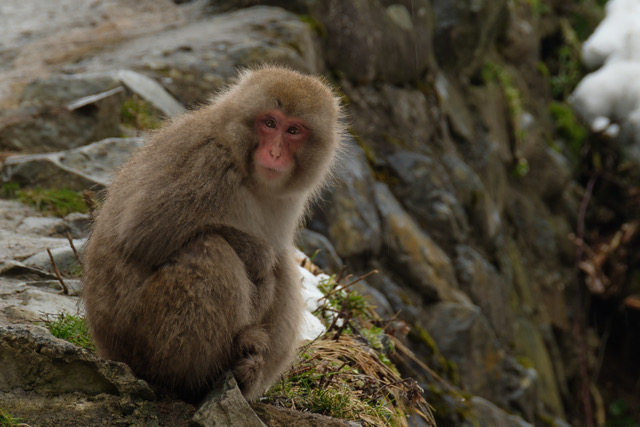
Continuing our journey over the Alps to the Japan Sea we next visited the Katano area south of Kanazawa where our main target, the increasingly rare Baikal Teal loves to spend the winter. This area is particularly rich in avian life and we found many great birds including a fabulous Green Pheasant, Grey-headed Lapwings, Japanese Cormorant and many others.
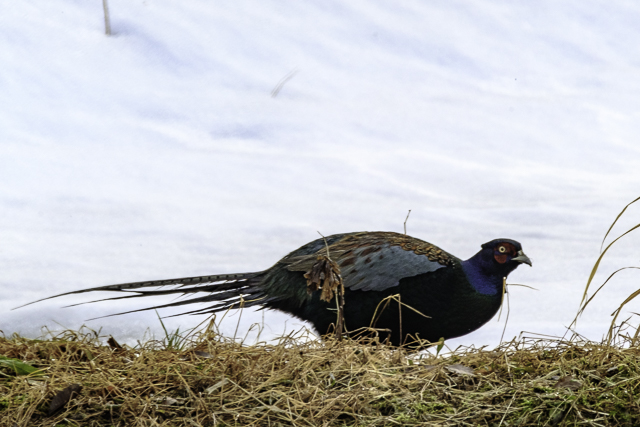
Green Pheasant
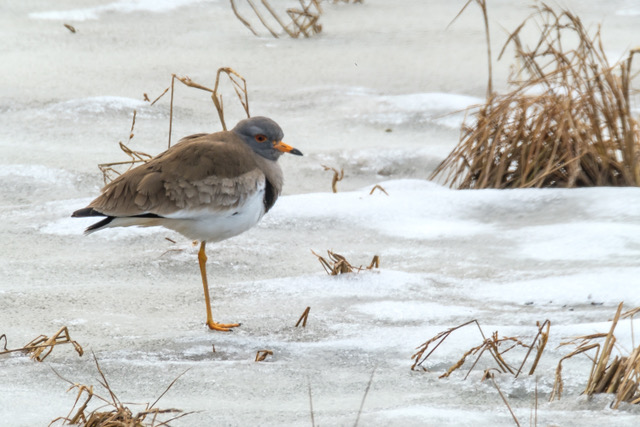
Grey-headed Lapwing
Flying south, we next spent a couple of days in the Arasaki/Izumi area to take in the amazing spectacle of over 14,000 cranes of four species, although the numbers are very much dominated by White-naped and Hooded Cranes. We picked out a single Sandhill and three Common Cranes from the many thousands of others, which was quite fun! We had a great day exploring the whole area with two particularly outstanding sightings, amongst many, being a collection of the very rare Black-faced Spoonbills and a small flock of the often elusive and cute Chinese Penduline-Tit.
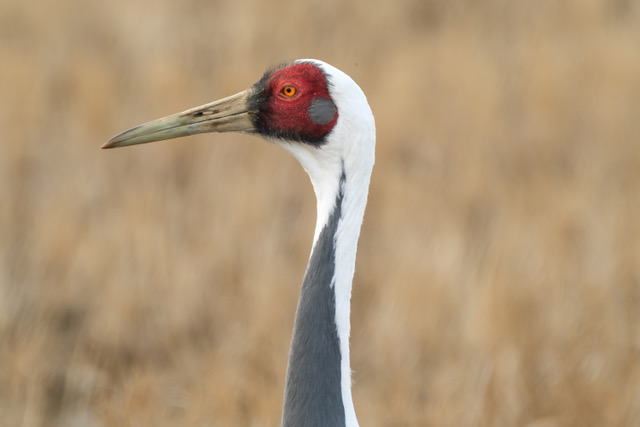
White-naped Crane
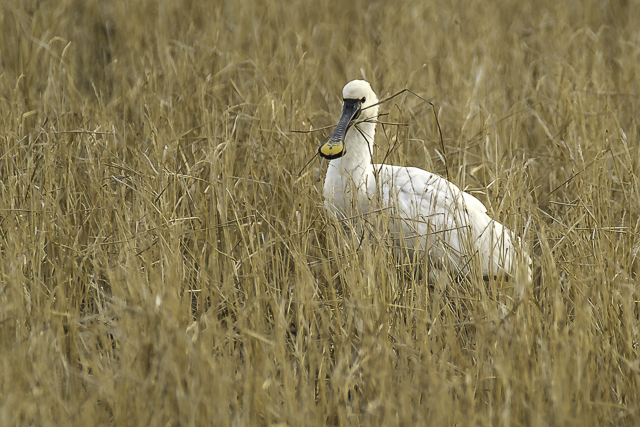
Black-faced Spoonbill
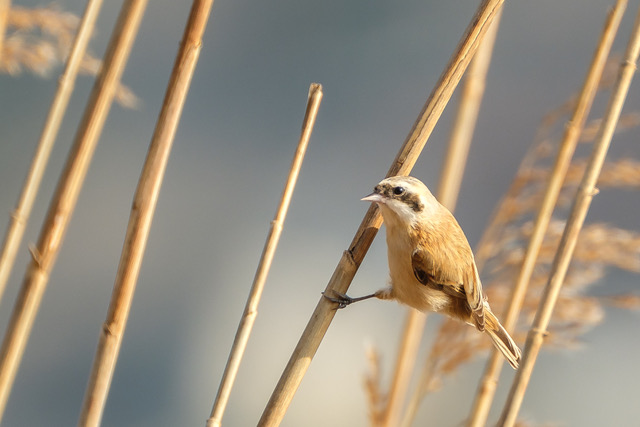
Chinese Penduline Tit
Despite some inclement weather on the coast, our birding in Hokkaido was fun and productive - even if a little on the cold side. Spectacled Guillemots, with their startling red legs, showed well but the rough seas ruled out a photograph. However, the Big Three; Steller’s Sea-Eagle, Red-crowned Crane and Blakiston’s Fish Owl were, well, stellar! Without doubt the Northern Island is the highlight of this journey around Japan and not only did the birds not disappoint, but the scenery, food and friendly people made for some great memories.

The imposing Blakiston's Fish Owl - Image: Steve Hayashi
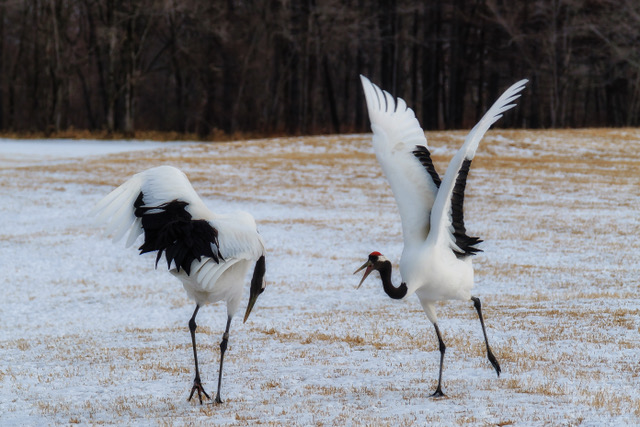
Red-crowned Crane
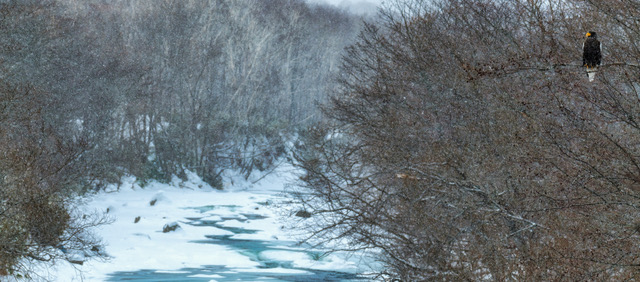
Hokkaido scene with Steller's Sea-Eagle...
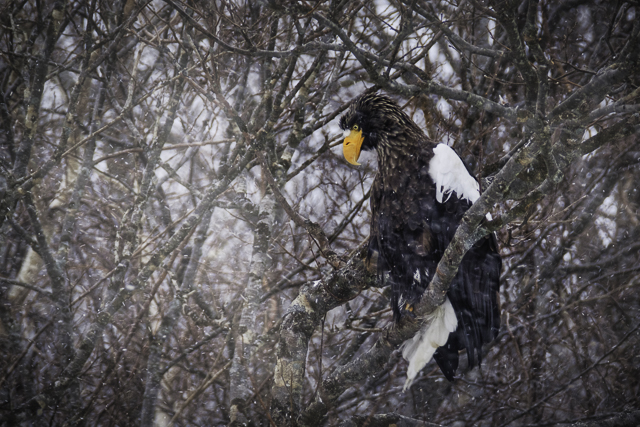
...whose extraordinary character is more apparent on close view
January 21:
Steve Howell on his just-completed tour to San Blas on Mexico's west coast
Our tour to San Blas was wonderful; the birding was great, and the weather warm and sunny. As usual, this 'winter getaway' tour produced over 250 species in a relaxed week of birding based at a single hotel with amazing food and fabulous hospitality. The variety of habitats near town produced birds ranging from Boat-billed Heron to Rosy Thrush-Tanager, from Colima Pygmy-Owl to Golden-cheeked Woodpecker, and from Green Kingfisher to Citreoline Trogon. Plus delightful quiet backroads, empty beaches, a great group, and friendly people wherever we went. It couldn’t have been better.
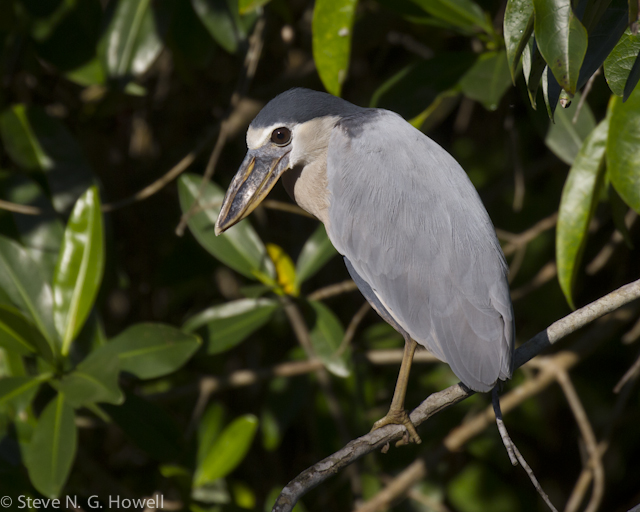
Boat-billed Heron
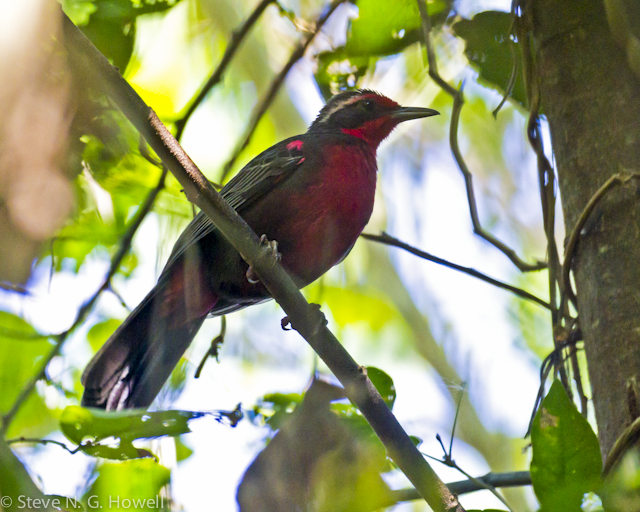
Rosy Thrush-Tanager
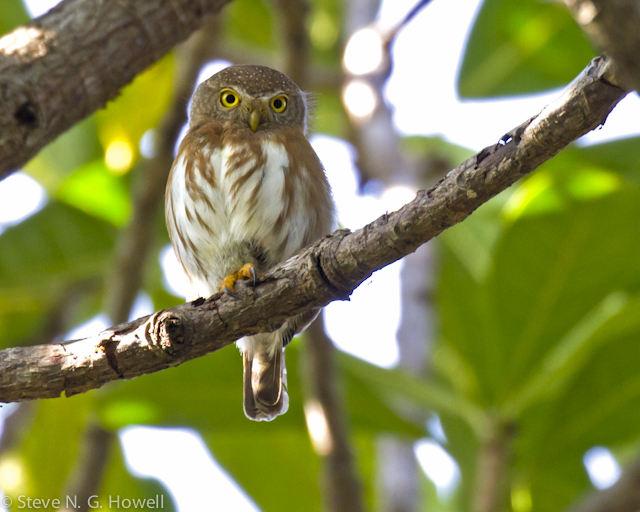
Colima Pygmy-Owl
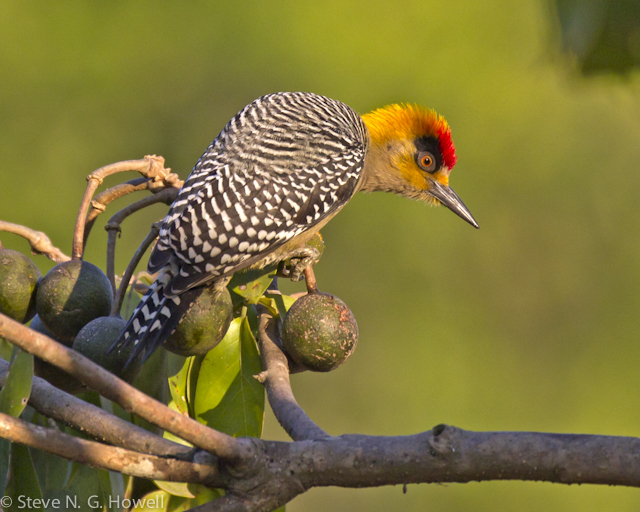
Golden-cheeked Woodpecker
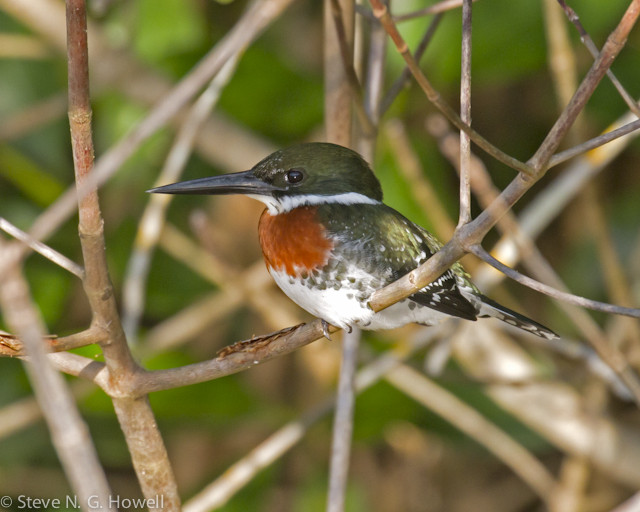
Green Kingfisher
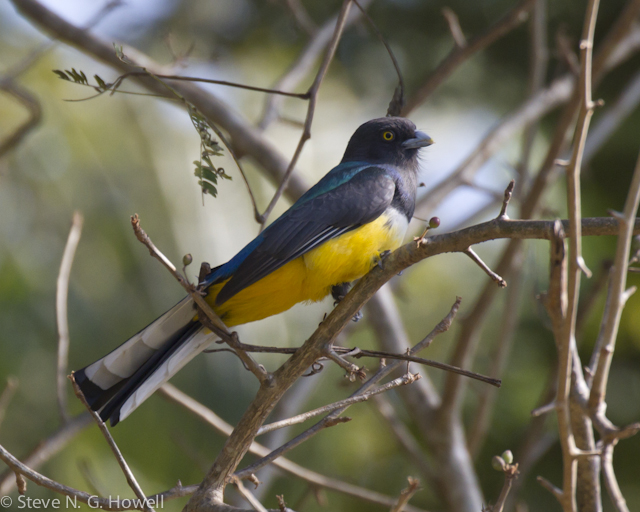
Citreoline Trogon
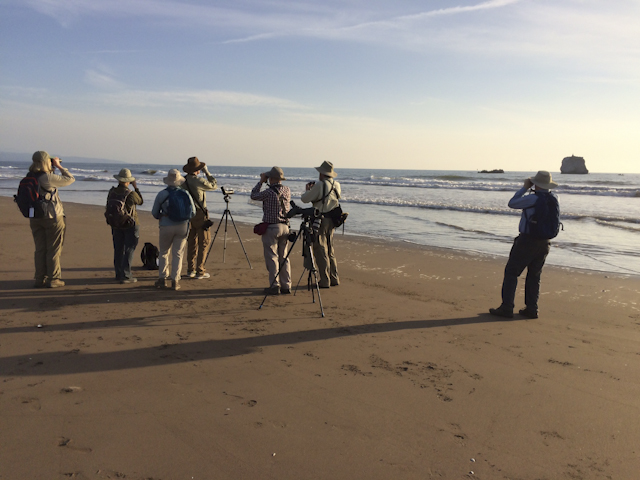
Late afternoon birding on a San Blas beach
December 13:
Gavin Bieber on his recently completed tour, Panama: The Darien Lowlands.
The vast and sparsely populated Darien Province in the far eastern part of Panama contains some of the most remote and wild lowland and montane wilderness remaining in Central America. Our base for the week was the newly constructed and comfortable Canopy Camp.
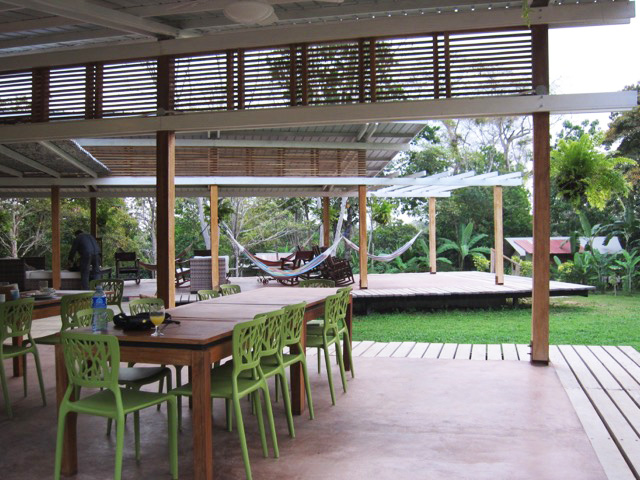
We spent several days exploring the camp trails and various spots along the end of the Pan-American highway, where patches of forest and more open fields revealed widespread birds such as Great Potoo, here on a roadside day roost,
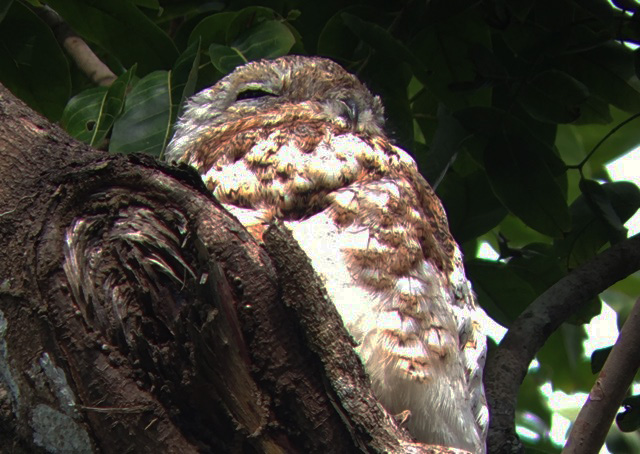
and more localized ones such as the impressive Barred Puffbird, the beautiful Spot-breasted Woodpecker, and globally scarce Black Oropendola.
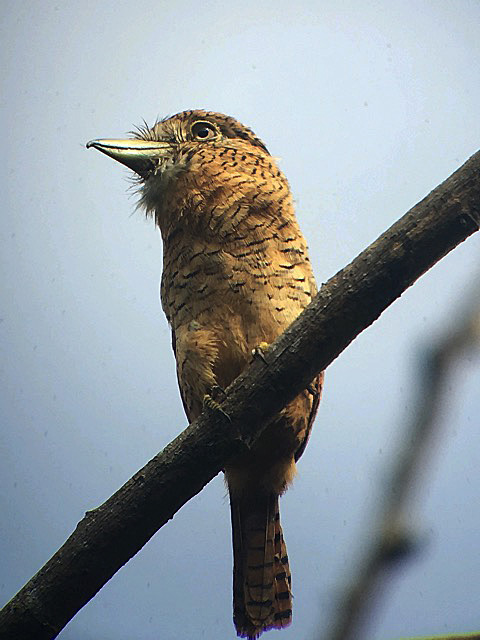
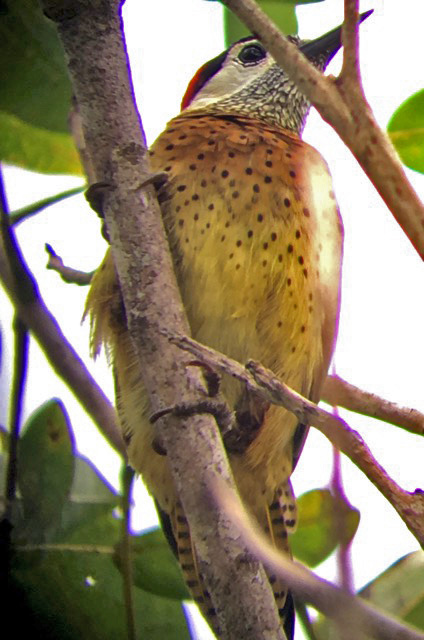
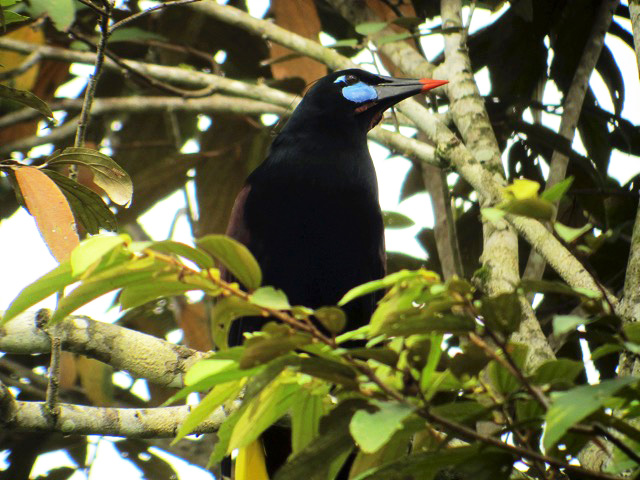
Taking dugout canoes into Embera territory past the end of the road allowed us to find a cooperative pair of Dusky-backed Jacamar, another globally range-restricted species and a wealth of kingfishers including Amazon and American Pygmy.
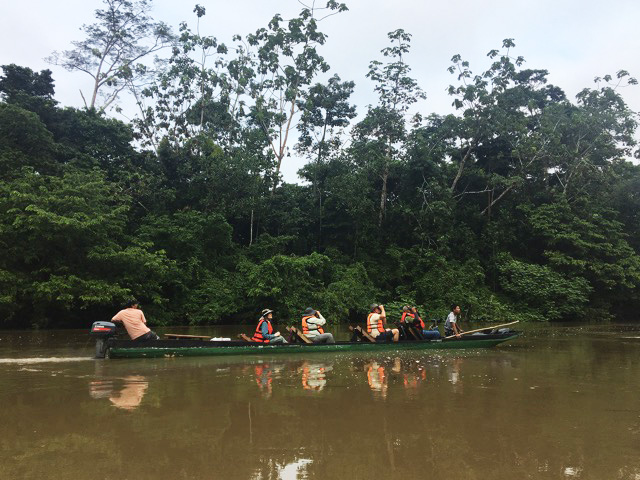
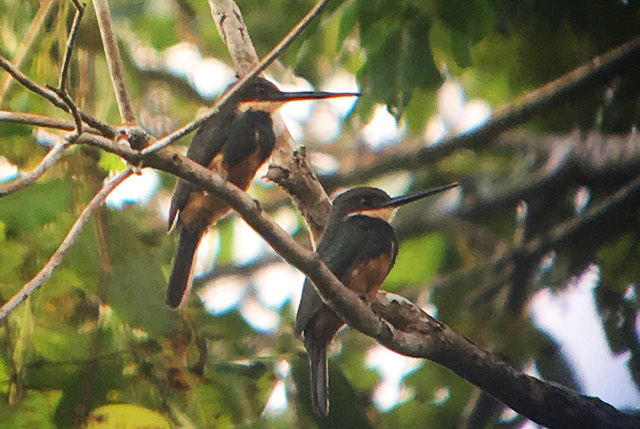
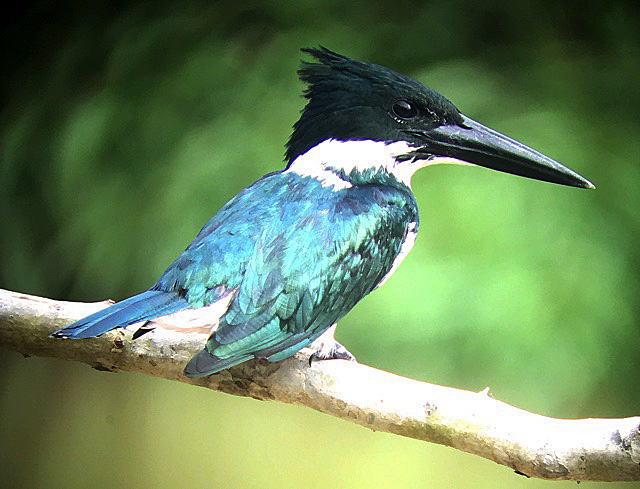
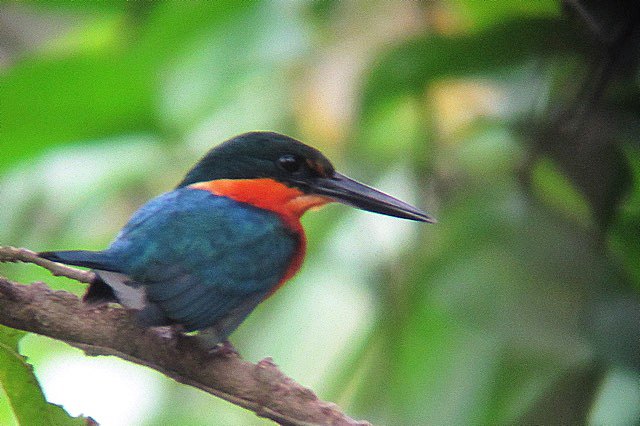
Over the course of the week we encountered 280 species of birds including 19 species of antbirds and 31 species of everyone’s favorite bird family; the new world flycatchers! These areas in the Darien are little explored and I am sure that the creation of a comfortable lodge here will bring more ornithologists and birders to the region resulting in a lot of new discoveries. I very much look forward to being a part of the discovery process.
December 12:
Gavin Bieber on his recently completed tour, Panama: Bocas del Toro and the Western Highlands
It’s surely a testament to the diversity of habitats and of birds that exist in this relatively small area of Western Panama that over the course of eight birding days we detected 337 species including a whopping 31 species of hummingbird. We began in the Bocas del Toro Archipelago, where the semi-aquatic town of Bocas served as our access point to the idyllic Tranquilo Bay Ecolodge.
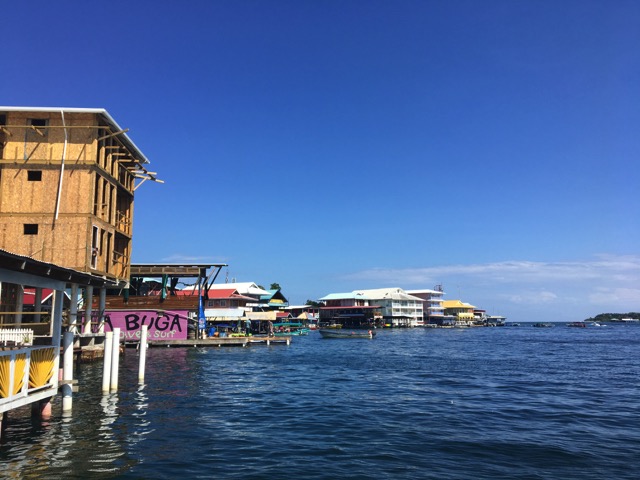
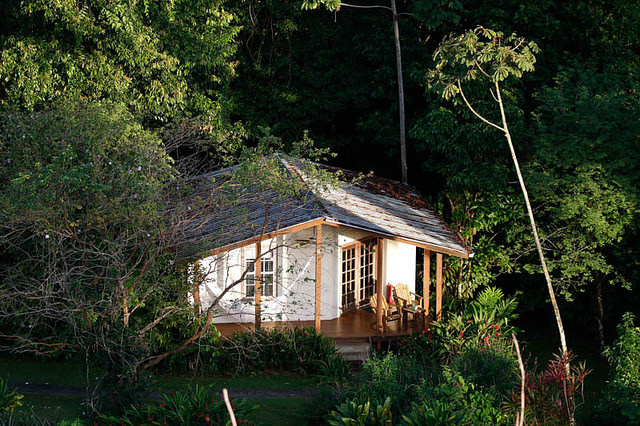
Traveling by small boat from Tranquilo Bay we ventured out to other islands and the adjacent forested lowlands where we found birds as varied as Golden-collared Manakin, Black-crowned Tityra (from Traquilo Bay's canopy tower) and the ethereal Red-billed Tropicbird.
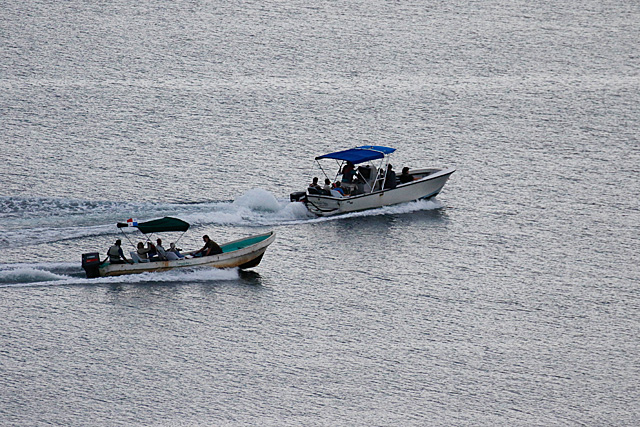
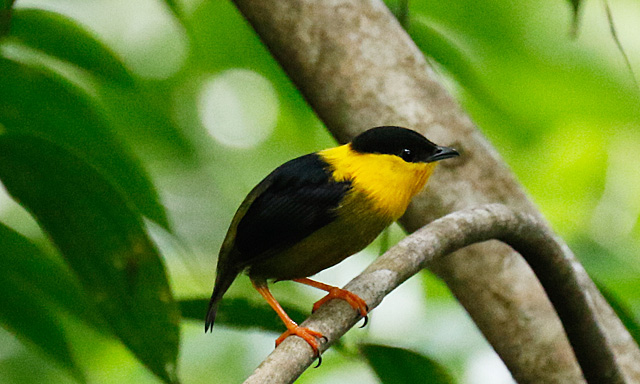
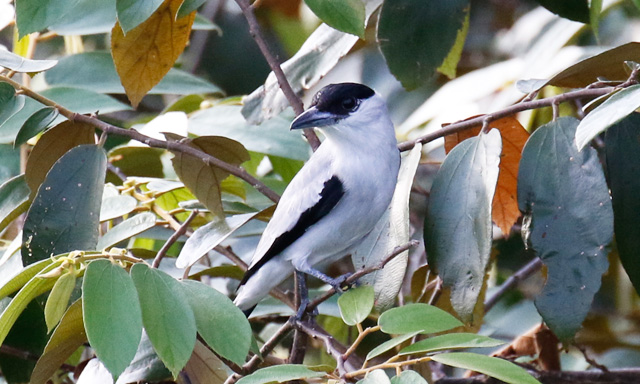
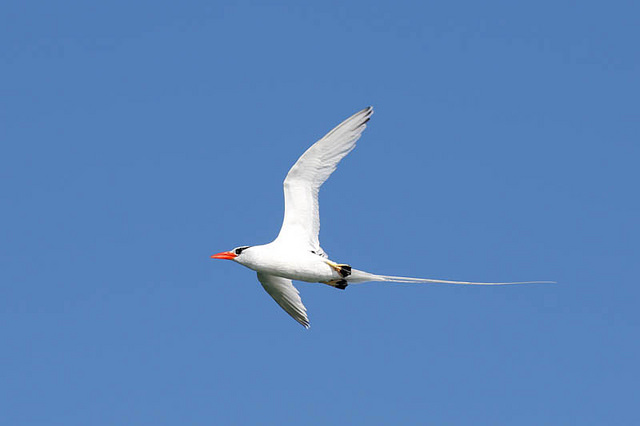
The second half of the trip visited the cool and heavily forested highlands around the impressive 11400 foot Baru Volcano where new birds like Resplendent Quetzal and Violet Sabrewing awaited at every turn.
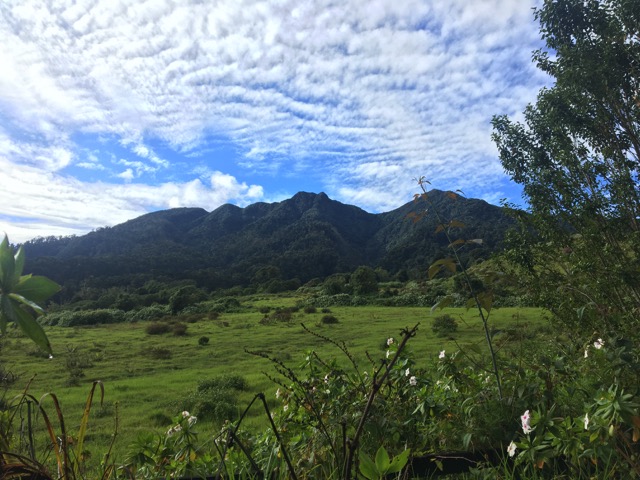
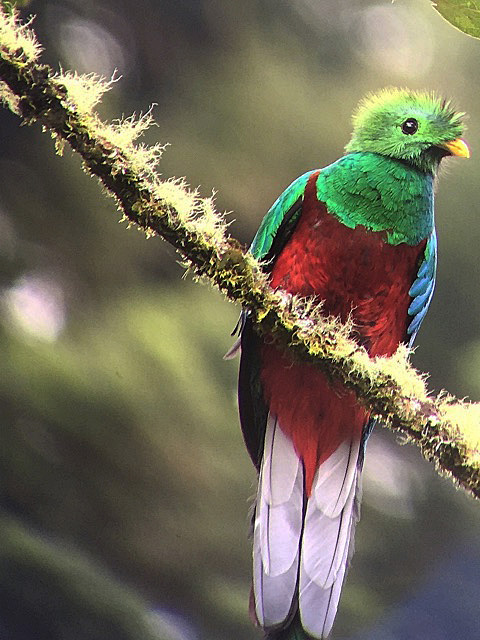
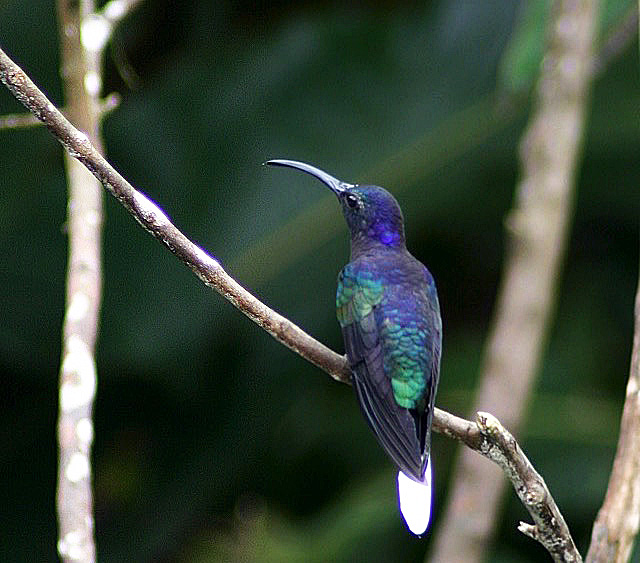
Our last day was down in the pacific lowlands where we eventually caught a return flight to Panama City from the town of David, but not before finding a flock of Fiery-billed Aracaris!
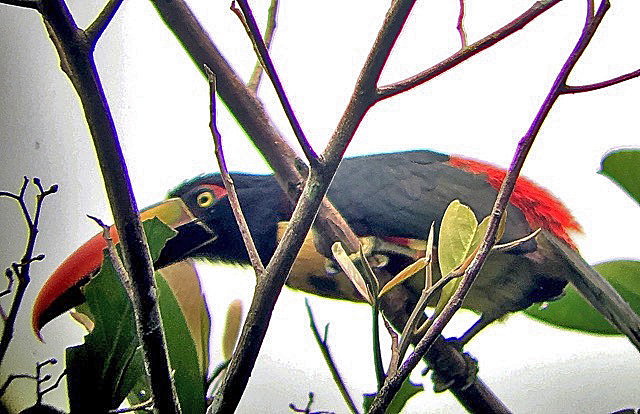
I very much look forward to returning to this dynamic and bird-rich region.










